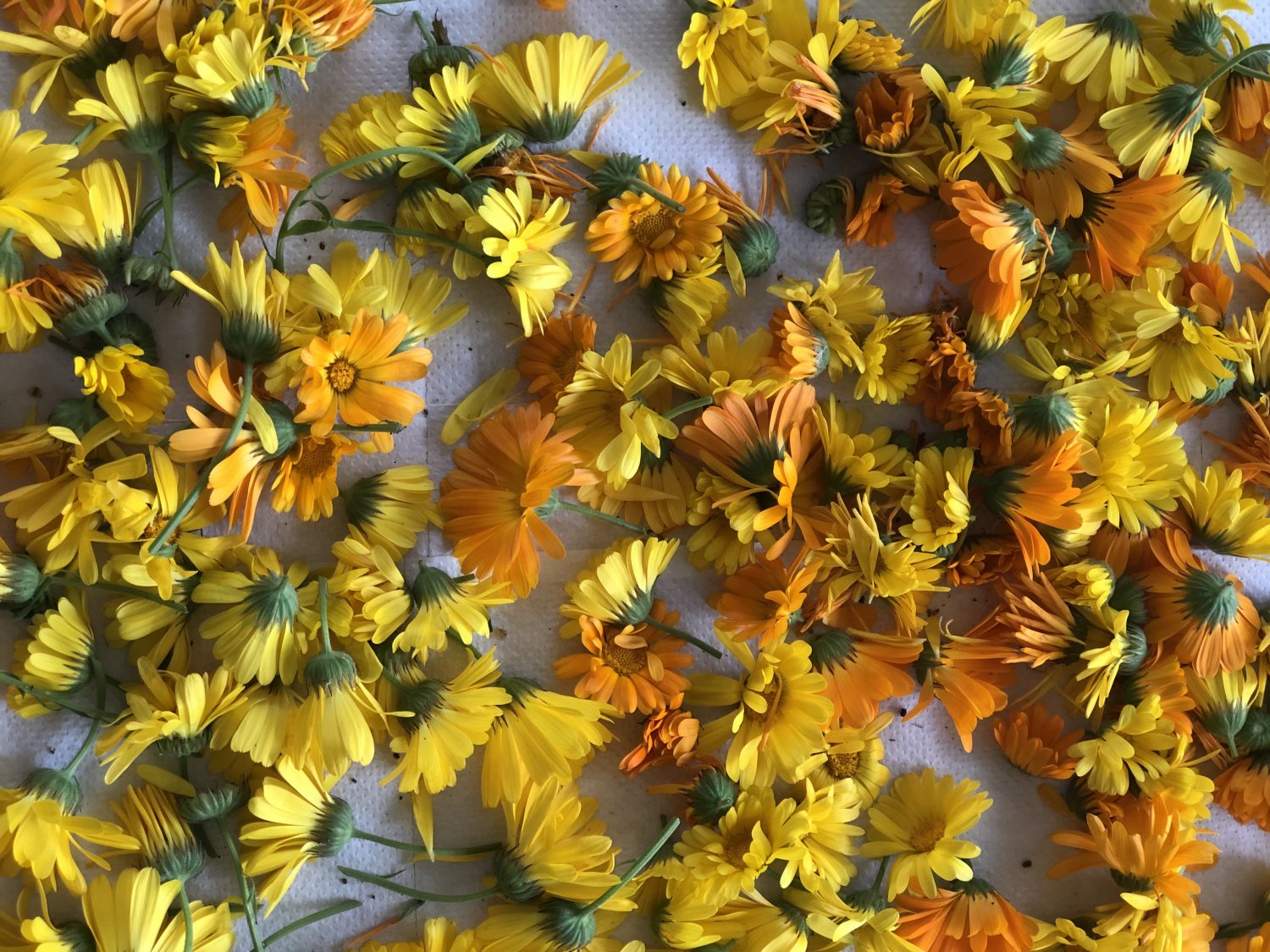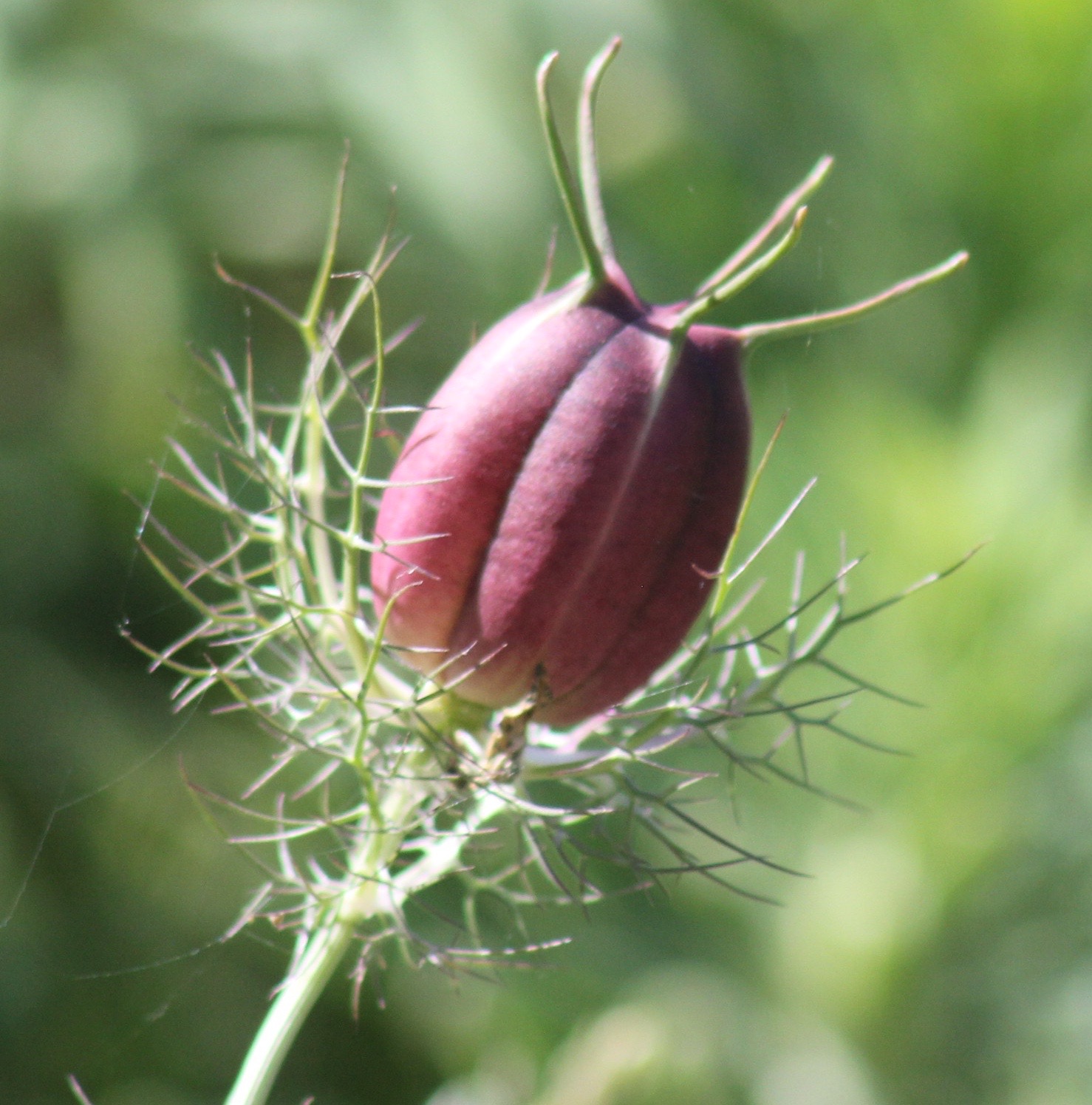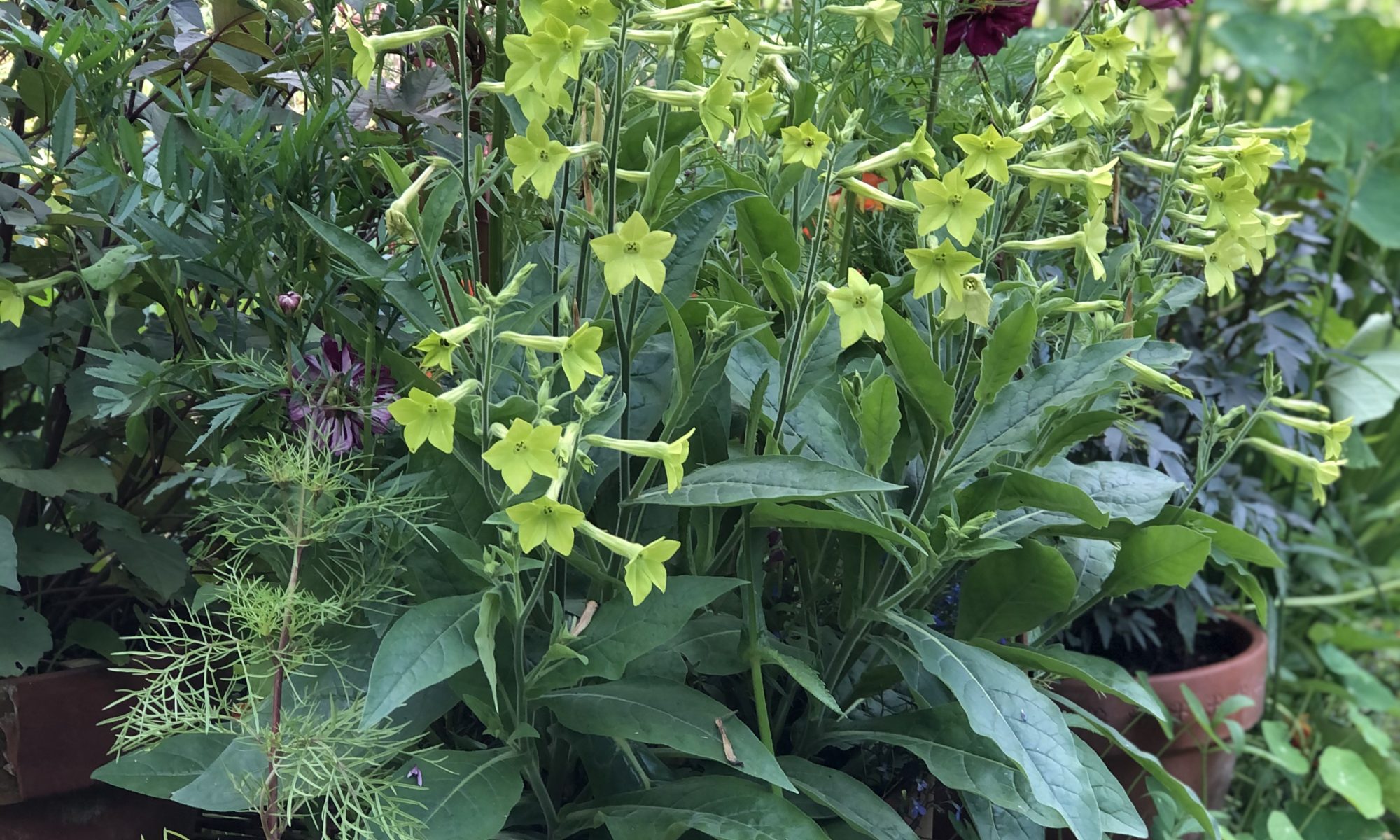Let your borders live life in the fast lane with Jo Arnell’s annual selection
Hardy annuals, as their name suggests, are tough, easy going plants that will survive the frosts, so they can be sown in the autumn to flower next summer and be stronger and earlier than those from spring sown seeds.
An annual will only live for one year, it’s true, but what a year that will be. These are happy-go-lucky plants that live fast and die young – their main aim in life is to set seed for the next generation as soon as they can. Your main aim, by picking their flowers, is to prevent this happening. The more you pick, the more they flower, until one of you drops from exhaustion. Compare this to a long-lived herbaceous perennial humming along with Louis Armstrong, thinking it has all the time in the world. There’s no rush to do much if you aren’t under a deadline. Some perennials will obligingly flower again if they are deadheaded, but there are others – divas like peonies that you’ll wait all year for. Like Cinderella at the ball, they make their entrance, dazzle – and disappear back into rags. We love them, but they’ll never be reliable stalwarts in the cutting garden. If you have vases to fill, then annual plants may end up as the mainstay for your cutting garden.
You don’t need a dedicated space in order to grow cut flowers, but I find it hard to decimate my flower borders, so will often use a corner of the veg patch. By the early autumn, many of the edible crops have been harvested, so there are spaces that can be allocated to either direct sown hardy annuals, or later on, transplants from those sown into pots.
Choose varieties according to taste, but try to include a range of focal point flowers and then some smaller less showy filler plants that will blend with your colour palette. Well chosen foliage will bring structure and a supportive background for the flowers.
How to grow
Early autumn is the best time to sow hardy annuals. The soil is still warm, so you can sow them directly into the ground where they are to flower, or into a nursery bed to plant out later. They will germinate easily, grow into sturdy little plants and then wait out the winter at this stage. They’ll look as if they’ve stopped growing in the winter, but will be secretly busy developing strong roots in preparation for a surge of growth in the spring. When the weather warms up again they’ll be raring to go and so will rush into growth and flower earlier than spring sown plants. That’s the theory, but our winters can be hard on young plants, so you may want to sow some in containers and under cover, to protect them from pests and the vagaries of our weather.
If you are growing them in pots to plant out, watch that you don’t overcrowd them, and that you are able (and have the space) to thin/prick them out and generally look after your new plants. It’s a good idea to sow half the packet in early autumn and the rest in the spring – that way you’ll extend the flowering season and have a contingency if something goes wrong over the winter.
Some hardy annuals, despite their official status of hardiness, are not able to hang on through a very cold wet winter, either because of the weather, or because they get eaten by slugs (rabbits, caterpillars, or other ravening beasties) and disappear before they get the chance to grow to flowering size. These are best sown under cover in the early spring to plant out. Sunflowers, Rudbeckia, Gypsophila and others may prefer a spring sowing. If in doubt, look on the back of the seed packet for sowing times. They are hardier than the half hardy plants – sort of three quarters hardy.
Half hardy annuals (HHA) Half hardies need heat for germination and must stay under cover until the frosts have passed. These are not generally sown in the autumn, but given some bottom heat and protection from frosts will reliably pop up in the early spring and be ready to plant out into the garden when conditions warm up – usually by mid May, but check the forecasts before you plant them out and be prepared for a hardening off period – gradually accustoming your babies to life in the big outdoors, which can involve traipsing in and out with them for a while. I often sow Cosmos, Antirrhinum (snapdragons) and Nicotiana (tobacco plants) directly into the soil in mid April and let them take their chances (there’s only so much traipsing in and out we can do). Do grow them though. These are really useful annuals for cutting, and will flower their socks off until the frosts.
Annuals tend to prefer sunny, free draining positions and most are summer flowering – many are derived from meadow plants and tend to be tough and opportunistic – and a little wild. Left to their own devices they will self-seed around the place – sometimes this is fantastic – truly ‘plants for free’, but if they pop up in all the wrong areas, the novelty may well wear off. Judicious weeding, however, is easier and cheaper than buying trays of new plants.
If you have been diligently dead-heading through the summer months, leave the last few flowers of the season to set seed and then either collect them when ripe and store them somewhere dry until you are ready to sow, or leave them to take their chances and do it themselves. I am completely obsessed by collecting seed and have oodles of little packets around the place. One thing I have learned over the years of discovering mystery envelopes – and sowing surprises, is that you must label them. A date is also useful, as stale seed is not as viable.
Annuals are wonderfully cheerful plants that are useful for picking, and are also excellent fillers for new borders – and a cheap way of adding long-lasting colour to your garden. They will only live for one year, but their offspring could live on in your garden forever more. Let’s get sowing!


Hardy annuals for autumn sowing
Focals
- Cornflower – lovely blue, or try mixed pastel shades or dark burgundy/black
- Calendula (pot marigold) – cheerful and floriferous, ‘Indian Prince’ is a handsome variety, surprisingly marigolds also come in pastel shades
- Rudbeckia hirta ‘Cherry Brandy’ a short-lived big daisy grown as an annual
- Malope trifida (mallow) large pink open flowers
- Consolida (larkspur) – a smaller wild form of Delphinium available in blue, but also other shades
- Lupinus mutabilis (annual lupin) spires of pea-like flowers
- Sweet peas – for long stems grow as cordons (this involves cutting out side shoots and training the stems carefully on wires). The old fashioned varieties are more strongly scented than the modern hybrids
Fillers, foils and foliage
- Ammi majus – an airy, white umbellifer, perfect as a companion plant to a showier bloom
- Orlaya grandiflora – another graceful umbelliferous plant, smaller and more compact that Ammi
- Cerinthe major purpurescens – glaucous green foliage and purple, almost navy blue flowers that look great in a vase – and in the borders
- Scabiosa atropurpurea – pin cushion flowers on wiry stems in lots of colours. ‘Chilli Black’ is a good one
- Salvia viridis (clary sage) – neat spires in shades of white, blue and pink
- Nigella damascena (Love-in-the-mist) N. papillosa ‘African Bride’ has wonderful dark seedheads
- Foeniculum vulgare (fennel) makes a great filler – try bronze fennel for background drama
- Buplerum rotundifolium – grown for its lime green bracts that mix well with flowers of any shade
You may also like
In the Night Garden
Jo Arnell explains how to make the most of your outdoor space once darkness falls Some enchanted evening you may see me outside – mainly searching for slugs in the garden, because the cool hours of night are when they...
Contain your excitement
Jen Stuart-Smith discusses how to get creative with your pots and planters My love affair with plants started with houseplants when I was a child. As my bedroom windowsill overflowed – resulting, occasionally, in waking up with compost under my...
More than just a pretty face
Jen Stuart-Smith explores the multiple uses of some easy-to-grow garden favourites When you grow flowers for their beauty, shape and colour it can be easy to forget all the other qualities they have to offer. Some are edible, others provide...










